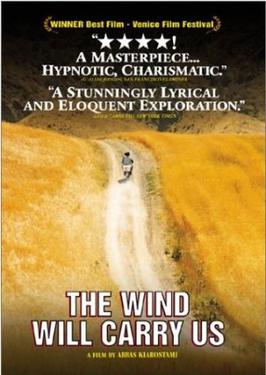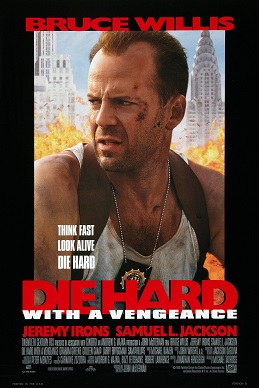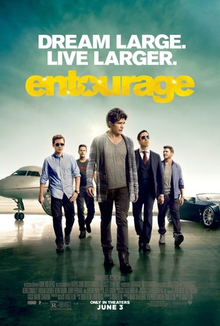Surfing on
the recent successes of the now widely recognized French New Wave, La nouvelle vague, France was a
burgeoning location for directors and auteurs. However, an event in May 1968
will change the face of its Cinema and break the greatest friendship of the New
Wave. This essay will try to put some light on one of the defining element of
the films to follow.
Of the most
important films released in France in 1968 we can list François Truffaut’s The Bride
Wore Black, Les Biches by Claude Chabrol, Jean-Luc Godard’s Sympathy
for the Devil featuring The Rolling Stones, Je t’aime, je t’aime directed by Alain Resnais, Maurice
Pialat’s debut film L’enfance nue,
also from Chabrol The Unfaithful Wife,
Truffaut’s second take in the Antoine Doinel cycle Stolen Kisses, and the porte-manteau film Spirits of the Dead co-directed by Federico Fellini, Louis
Malle and Roger Vadim.
As of 1968,
two directors were the stars of the New Wave and France’s film industry :
Jean-Luc Godard and François Truffaut. Friends from the time they were critics
in Les Cahiers du Cinéma they each aligned
a series of highly successful films.
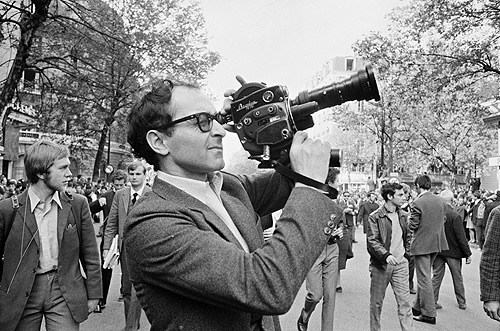 |
| Jean-Luc Godard |
For Godard,
1968 was a turning point in his career that was already on the edge of a political
metamorphosis. His films were filled
with more and more revolutionary content. Just look at two of the films he
released in 1967, Week End with
obvious revolutionary slogans and La
chinoise which was his allegiance to
Maoism. Then in 1968 his film Le Gai
savoir, banned by the French government, was about a couple listening to
the radio and discussing politics. He also released One Plus One aka Sympathy for
the Devil, a film of the creating process of The Rolling Stones while
writing and recording the song Sympathy
for the Devil interposed with Black Panthers speeches and images.
Godard was more and more concerned by politics, Marxism, sociology, philosophy,
and classic literature than ever. His constant struggle with stardom and the
emptiness of the fame that accompany his success made him more concerned about
how we should change the world and stop Americanization, Capitalism,
consumerism, and reconsider everything and how everything was done. As he said
of that era he was washed up from the common form of cinema.
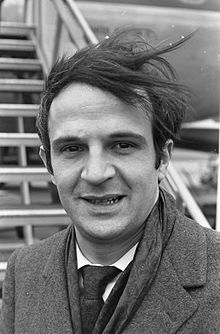 |
| François Truffaut |
On the other
end of this friendship, François Truffaut has become a classic filmmaker with a
more and more conventional approach to filmmaking and acquaintance to the
studio system. With Stolen Kisses,
the second chapter of the Antoine Doinel series, the Jean-Pierre Léaud
character that revealed Truffaut to the world with The 400 Blows in 1959, we have a Truffaut slowly falling into
sentimental venues. His other release of 1968, The Bride Wore Black, is a story of revenge that was often compared
to a proto precursor of Quentin Tarantino’s Kill
Bill.
Then came the
events that provoked May 68 in France and the Langlois affair. The Langlois
affair is about the way the French government decided to cut short the
financing of the Cinémathèque and fire its director Henri Langlois. In support many international directors signed a
letter for Langlois’ restitution to the French institution. Even if in late
April, Langlois was reintegrated into his functions, the actions of the
administration of President François Mitterand will lead to May 68 and bring
the French people in the streets. Issues are about a huge social movement that won’t
be summarized here. However, their effects will be reflected in the French
cinema and the Godard-Truffaut friendship.
For those who
are not sure about the nature of this relationship, it would be easier to
compare it to the Lennon-McCartney friendship. Once it was broken up, both
parties started saying harsh things about the other.
Godard
accused Truffaut of not being enough concerned by the revolts and being too
close to the power to make sure to have financing. While Truffaut was more
concerned about storytelling and technique Godard abandoned both to make
documentary films and political contents.
In a way,
those events marked the end of the French New Wave. Well, any new wave must
have a definite time table, this one even marked a long time and a superb
evolution in French cinema. It’s influence will be palpable on many other New
Waves but also in the New Hollywood. All in all, the year 1968 in France’s
cinema might not be the most interesting in the quality of films released but
marked an important shift from an emerging bunch of young and talented
storytellers and those who will make a serious career out of it. Those who
continued making films after this year have left a permanent mark in films.

